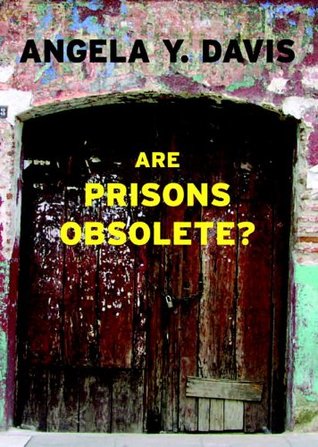More on this book
Community
Kindle Notes & Highlights
The prison therefore functions ideologically as an abstract site into which undesirables are deposited, relieving us of the responsibility of thinking about the real issues afflicting those communities from which prisoners are drawn in such disproportionate numbers. This is the ideological work that the prison performs—it relieves us of the responsibility of seriously engaging with the problems of our society, especially those produced by racism and, increasingly, global capitalism.
When children attend schools that place a greater value on discipline and security than on knowledge and intellectual development, they are attending prep schools for prison.
But why is an understanding of the pervasiveness of sexual abuse in women’s prisons an important element of a radical analysis of the prison system, and especially of those forward-looking analyses that lead us in the direction of abolition? Because the call to abolish the prison as the dominant form of punishment cannot ignore the extent to which the institution of the prison has stockpiled ideas and practices that are hopefully approaching obsolescence in the larger society, but that retain all their ghastly vitality behind prison walls. The destructive combination of racism and misogyny,
...more
“For private business prison labor is like a pot of gold. No strikes. No union organizing. No health benefits, unemployment insurance, or workers’ compensation to pay. No language barriers, as in foreign countries. New leviathan prisons are being built on thousands of eerie acres of factories inside the walls. Prisoners do data entry for Chevron, make telephone reservations for TWA, raise hogs, shovel manure, and make circuit boards, limousines, waterbeds, and lingerie for Victoria’s Secret, all at a fraction of the cost of ‘free labor.’”
The media, especially television . . . have a vested interest in perpetuating the notion that crime is out of control. With new competition from cable networks and 24-hour news channels, TV news and programs about crime . . . have proliferated madly. According to the Center for Media and Public Affairs, crime coverage was the number-one topic on the nightly news over the past decade. From 1990 to 1998, homicide rates dropped by half nationwide, but homicide stories on the three major networks rose almost fourfold.108
[C]ompanies that service the criminal justice system need sufficient quantities of raw materials to guarantee long-term growth . . . In the criminal justice field, the raw material is prisoners, and industry will do what is necessary to guarantee a steady supply. For the supply of prisoners to grow, criminal justice policies must ensure a sufficient number of incarcerated Americans regardless of whether crime is rising or the incarceration is necessary.
An attempt to create a new conceptual terrain for imagining alternatives to imprisonment involves the ideological work of questioning why “criminals” have been constituted as a class and, indeed, a class of human beings undeserving of the civil and human rights accorded to others.


